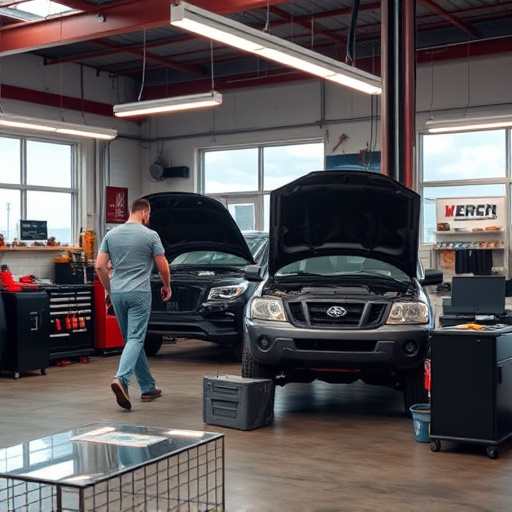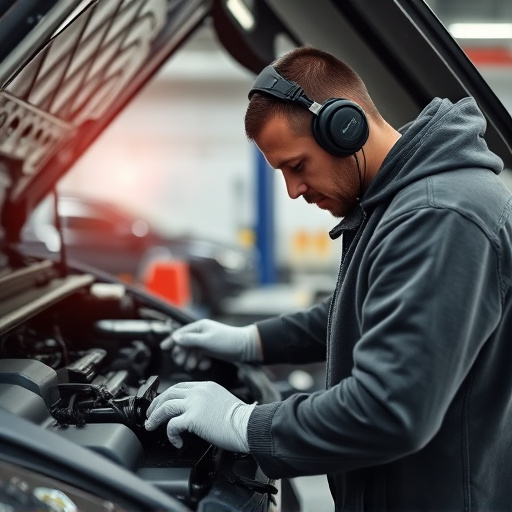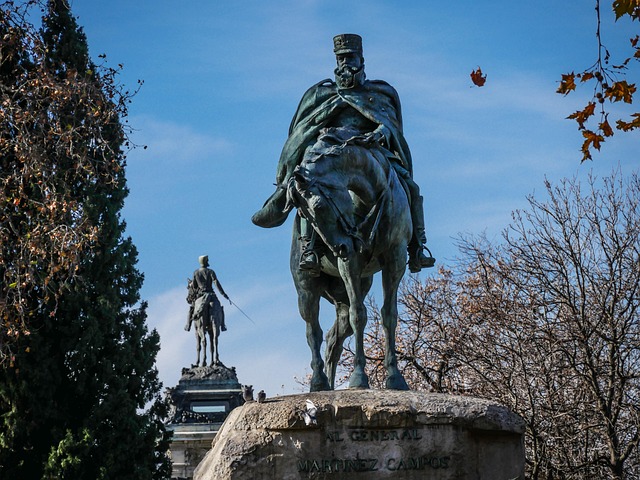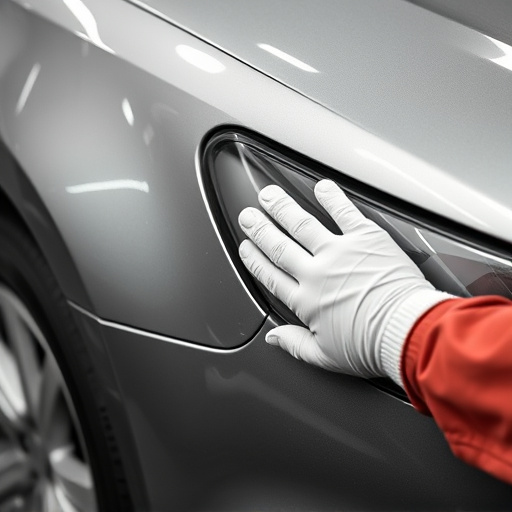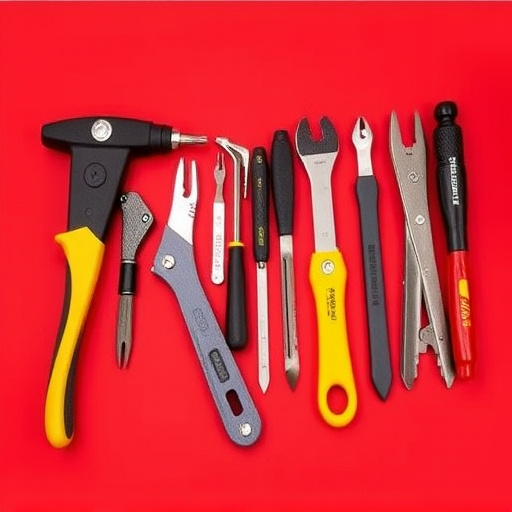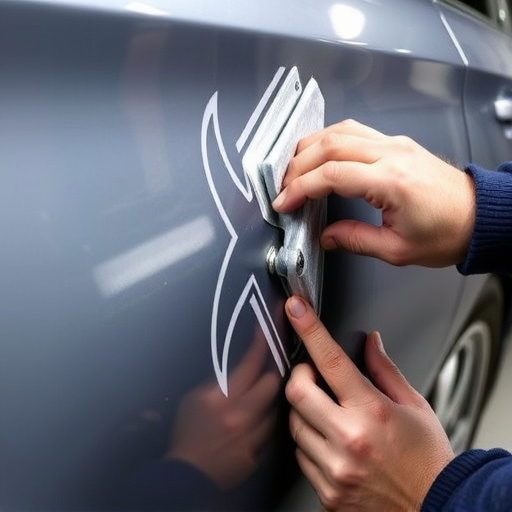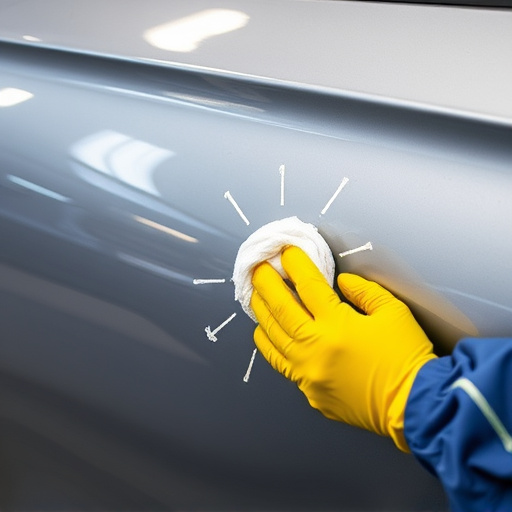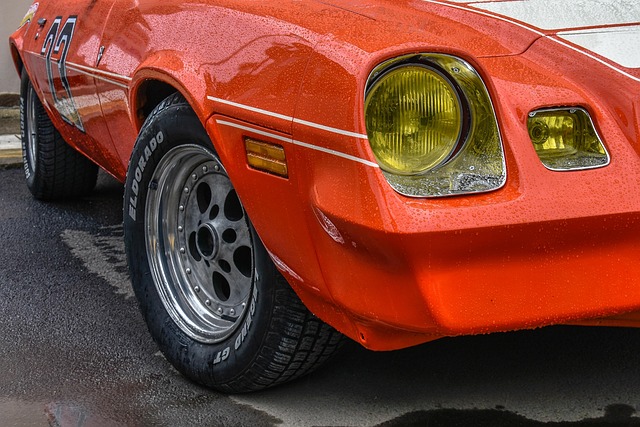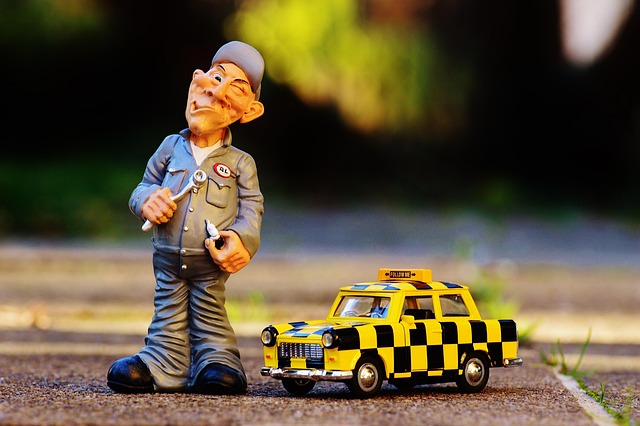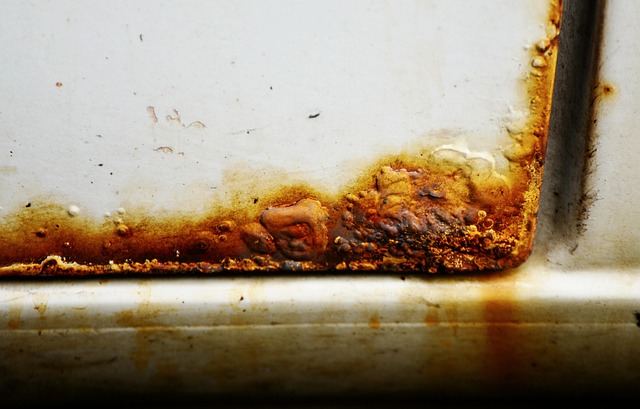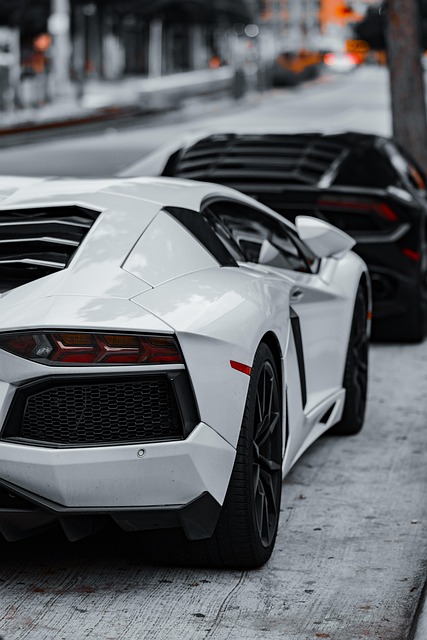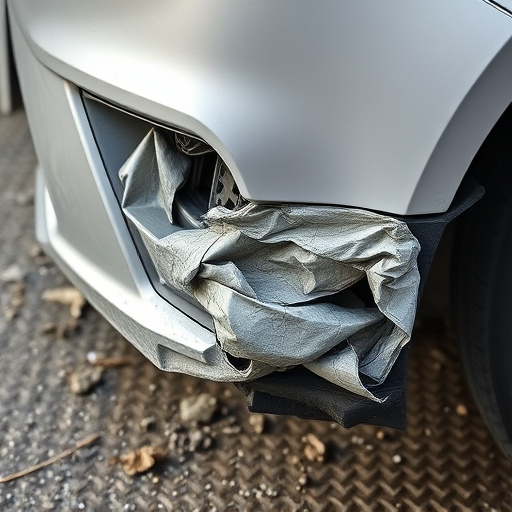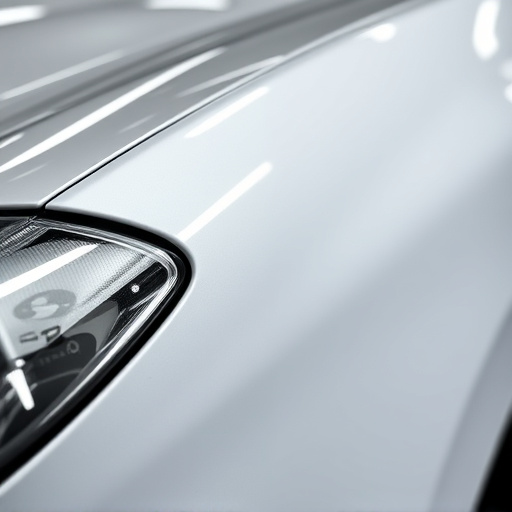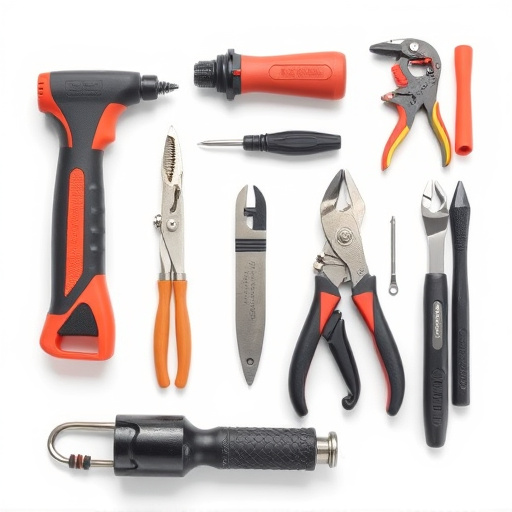Mercedes pearl effect finish, renowned for its iridescent beauty, requires meticulous care due to scratch vulnerability. Professional repair services are crucial for restoring its aesthetic using specialized tools, techniques like polishing and refinishing. For minor scratches, a multi-step process involving cleaning, dent pullers, or touch-up paint ensures seamless integration; for significant damage, collision repair services offer optimal results.
Discover how to restore your Mercedes with pearl effect finish to its former gleam. This comprehensive guide delves into the art of repairing scratches, a common issue for these luxurious cars. Understanding the unique Mercedes pearl effect finish and identifying common scratch patterns is key. With the right materials—including specialized polishes and buffers—you can master the repair process. Follow our step-by-step instructions for a flawless restoration, ensuring your Mercedes maintains its distinctive and elegant appearance.
- Understanding Mercedes Pearl Effect Finish and Common Scratches
- Materials and Tools Required for Repair
- Step-by-Step Guide to Fixing Scratches on Pearl Effect Finish
Understanding Mercedes Pearl Effect Finish and Common Scratches
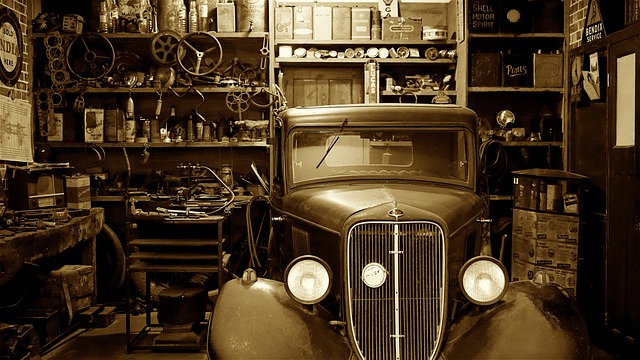
The Mercedes Pearl Effect finish is a distinctive feature of many modern Mercedes-Benz models, renowned for its stunning, iridescent glow. This unique coat is comprised of microscopic glass flakes embedded in a clear resin, creating a dynamic, gem-like appearance that shifts with light. However, despite its durability, the delicate surface can still suffer from scratches and swirls, often acquired during everyday driving or storage. Common types include minor scuffs from parking aids, small stones kicked up by tires, and microscopic marring from washing or cleaning products.
While these scratches might not appear severe at first glance, they can impair the finish’s lustre and overall aesthetic appeal. They may also contribute to a car’s overall devaluation. This is where professional Mercedes pearl effect repair becomes crucial. A skilled body shop services provider specializing in collision repair shop techniques can expertly assess the damage and employ various methods, including polishing and refinishing, to restore the finish to its original condition, ensuring your Mercedes retains its striking visual appeal.
Materials and Tools Required for Repair
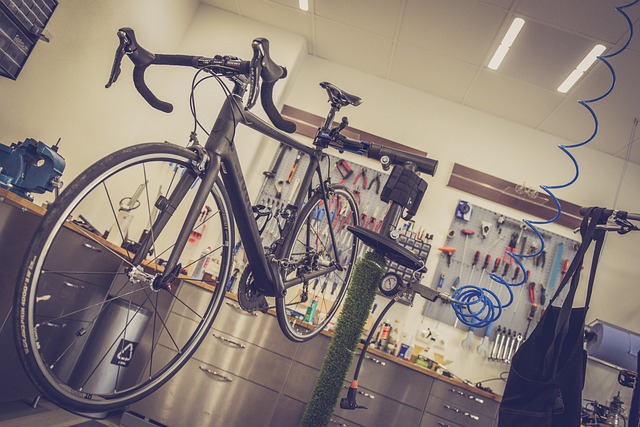
To successfully repair scratches in a Mercedes pearl effect finish, you’ll need specific materials and tools tailored for this high-end surface. Start with a kit designed specifically for Mercedes pearl effect repair, which typically includes a range of polishers, compounds, and finishing agents. These products are carefully formulated to match the unique properties of the pearl effect finish, ensuring a seamless blend that preserves the car’s elegance.
Complementing these is a set of fine-grit sandpaper, a buffer or polisher (manual or electric), and microfibre cloths for application and cleaning. A clear coat repair pen can also be handy for subtle touch-ups. For more severe damage, consider visiting a collision repair center or availing yourself of professional body shop services, as their expertise and equipment can deliver optimal results, preserving the Mercedes pearl effect finish to its highest standard.
Step-by-Step Guide to Fixing Scratches on Pearl Effect Finish
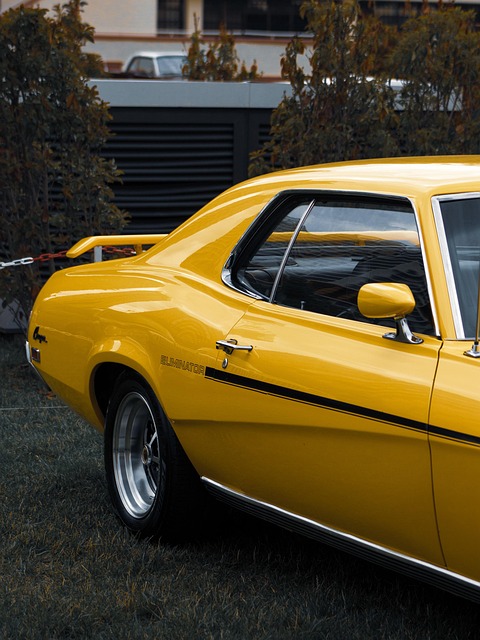
To fix scratches on a Mercedes pearl effect finish, start by inspecting the damage carefully. Identify the depth and length of the scratch to determine the appropriate repair method. Next, gather your tools: a mild soap solution, microfiber cloths, a dent puller (for shallow scratches), and automotive paint or touch-up kit matching the pearl effect color.
Begin by cleaning the affected area with the soapy water solution to remove any dirt or debris. Dry thoroughly with a microfiber cloth. For minor scratches, use a dent puller to gently press out the depression, working from the center outwards. Apply a small amount of paint or touch-up primer and let dry. Once dry, carefully apply the pearl effect paint, following the manufacturer’s instructions for proper drying time. After the paint has fully cured, sand lightly with fine-grit sandpaper to ensure a smooth finish, then reapply a protective coat of wax. Repeat these steps as needed until the scratch is completely filled and blended seamlessly into the surrounding surface, ensuring your Mercedes pearl effect repair is both effective and discreet.
Repairing scratches in a Mercedes Pearl Effect finish is a doable task with the right knowledge and tools. By understanding the unique characteristics of this luxurious finish and following a meticulous step-by-step guide, you can effectively restore its glossy, scratch-free appearance. With the proper materials and some patience, you’ll be able to achieve a professional Mercedes pearl effect repair that enhances your vehicle’s overall aesthetic appeal.
